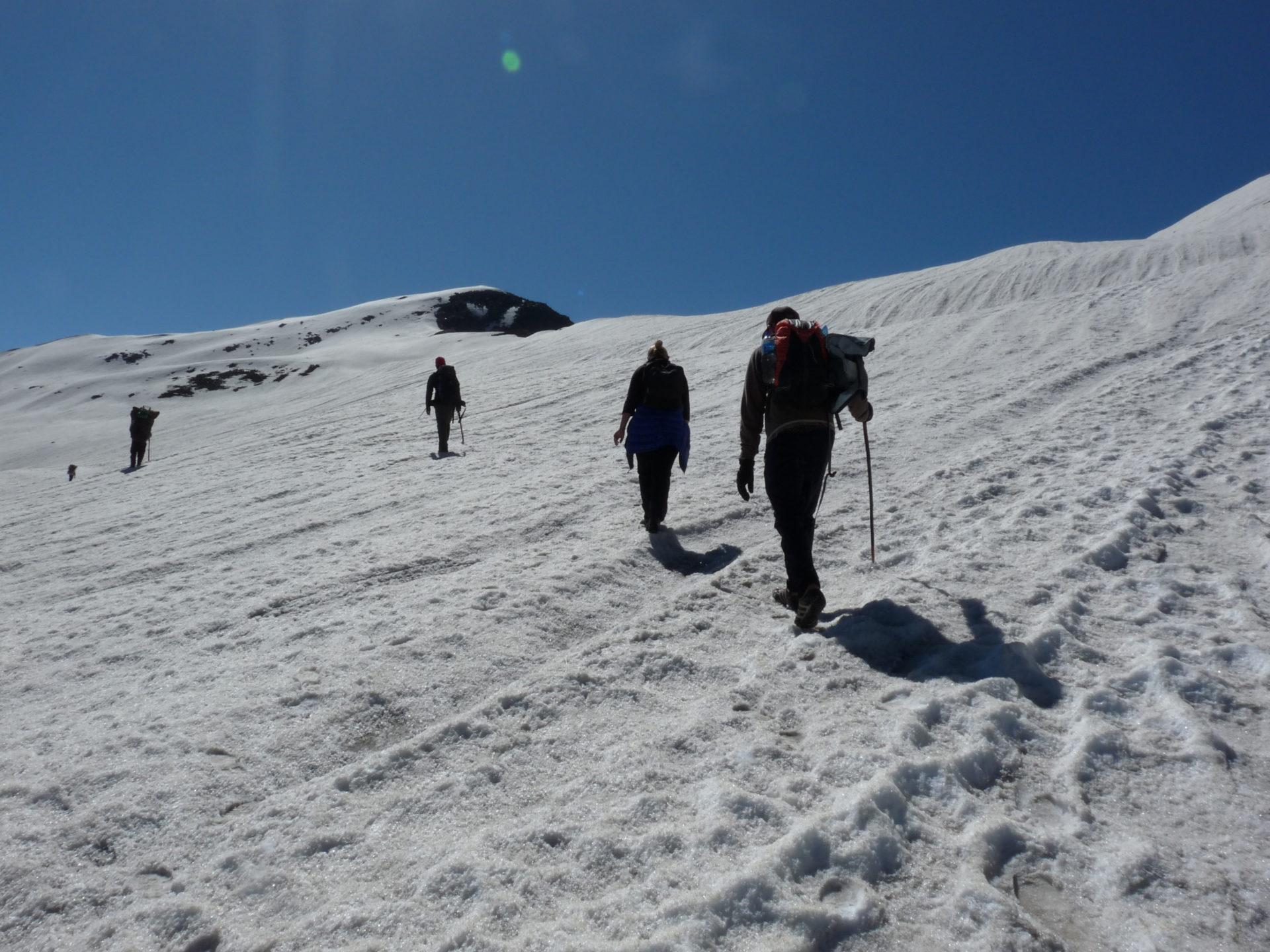- Sport & Abenteuer Reisen
- Reise Bausteine
- Trekking Reisen
Overview
Below the Chanderkhani Pass (3660 m) in a narrow valley is a small collection of about 200 wooden houses. It is the village of Malana, which until recently was completely isolated from the outside world and thus developed its very own culture. In the past, Malana could only be reached on foot from Nagger via the Chanderkhani Pass or from the Parvati valley via the Kasol Pass. During this trek we will cross the Chandrakani Pass.
The unique culture of the villagers (own language, own festivals and traditions) and the famous Jamlu temple make this village very special. The approximately 1500 inhabitants have their own legal and governmental system and they are convinced that they are descended from Alexander the Great!!
For outsiders, there is a long list of prohibitions and rules. It is strictly forbidden to touch the villagers!
Program
Day 1 Manali to Nagger (1740 m) by car (21 km), then trek to Ghoni Karadi (2578 m) 4 hours
An easy day’s leg: We start in Naggar. Here we can see the famous castle and the art gallery with museum of the Russian artist Röhrich. Then we go up to the traditional village of Rumsu. We cross it and then take a rather steep path up to a clearing where we will camp. (Overnight in the tent) -/L/D
Day 2 Ghoni Karadi to Chanderkhani Base Camp (3600 m) 3-4 hours
Today we have a rather short stage ahead of us. It goes over meadows, then through a dense forest. If we are lucky, we will even be able to spot a bear. Then we continue over green mountain hills and through Rhododendron to the foot of the Chanderkhani Pass. The views during today’s route are unique. We can see the 5940 meter high Hanuman Tibba, the highest mountain of the Dhauladar mountain range. (Overnight in a tent) B/L/D
Day 3 Chanderkhani Base Camp to Chanderkhani Pass (3660 m), then on to Nagruni (3000 m) 6 hours
Today we cross the beautiful Chanderkhani Pass and enjoy a sensational 360 degree view, including the six-thousand-metre Indrasan and Deo Tibba of the Pir-Panjal chain. Then we descend and end at a beautiful clearing in the forest, surrounded by large rocks. (Overnight in a tent) B/L/D
Day 4 Nagruni to Malana (2650 m) 6 hours
It goes down to the river, then always along the river, until we climb up to the village of Malana. We take a tour of Malana, but we have to be careful not to touch temples and people. Then it goes down, for about 2 more hours, on a beautiful forest path. Here our car is waiting for us to take us back to Manali. (Overnight in a tent) B/L/-
Services
- Trained trekking guide
- Cook and helper
- Load horses or carriers
- Accommodation for 3 nights in 2-man tents
- Kitchen tent
- Dining Tent
- Toilet tent if needed
- 4 days full board (3 x breakfast, 4 x lunch packages, 3 x dinner and snacks)
- Transport to the starting point and end point of the trek
Highlights
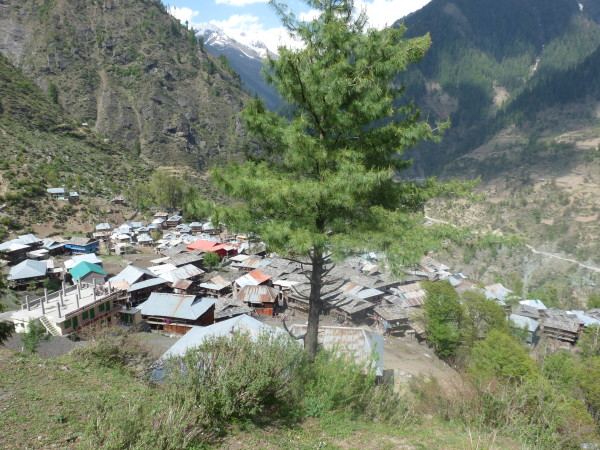
Blick auf Malana 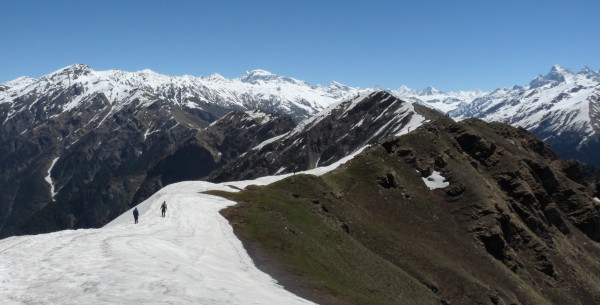
Chandrakhani Pass 
Camp im Malana Tal 
Malana Trek 
Malana 
Das Tor zum Dorf Malana 
Malana 
Marihuana 
Malana 
Malana 
Das Dorf Malana vond er gegenüberliegenden Straßenseite 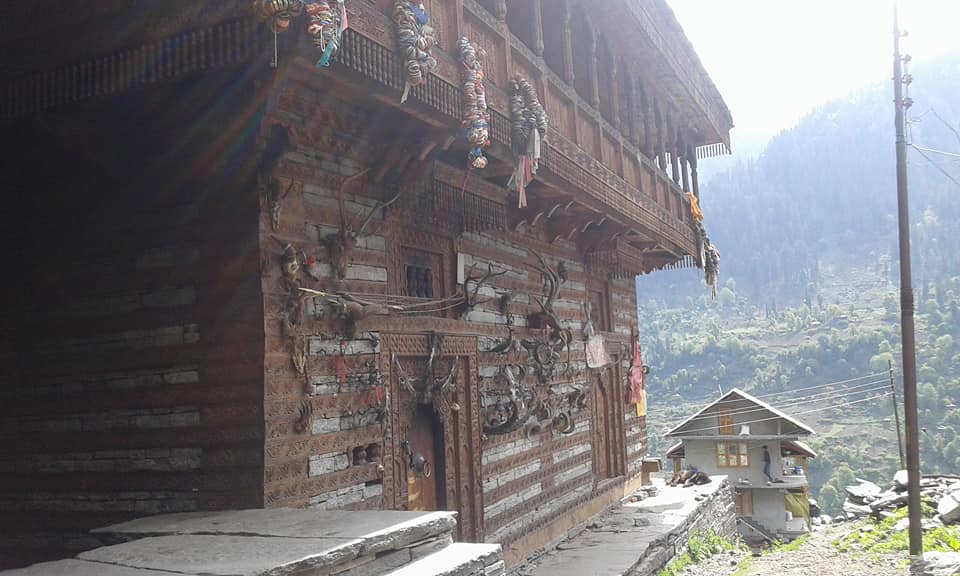
Tempel in Malana 
Malana 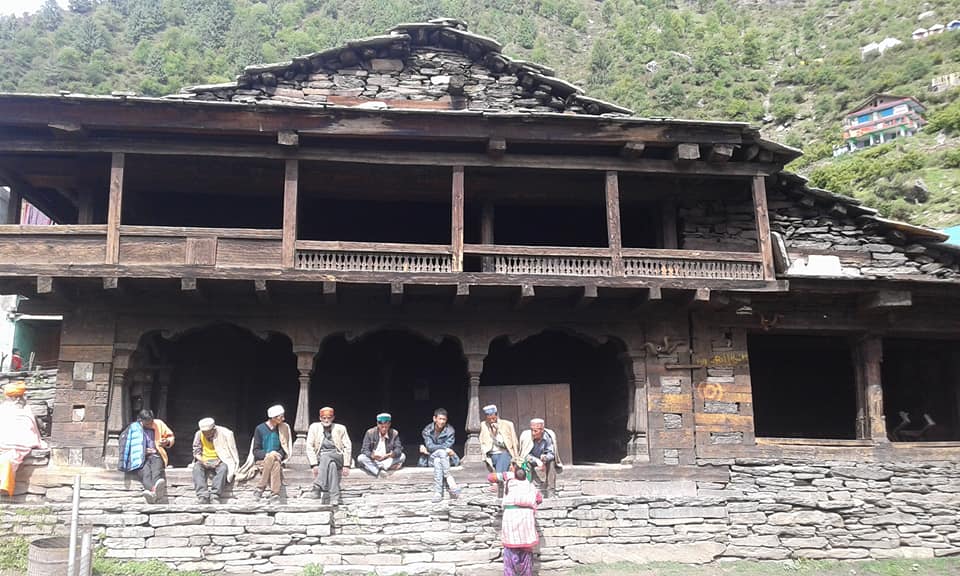
Das Zentrum Manalas 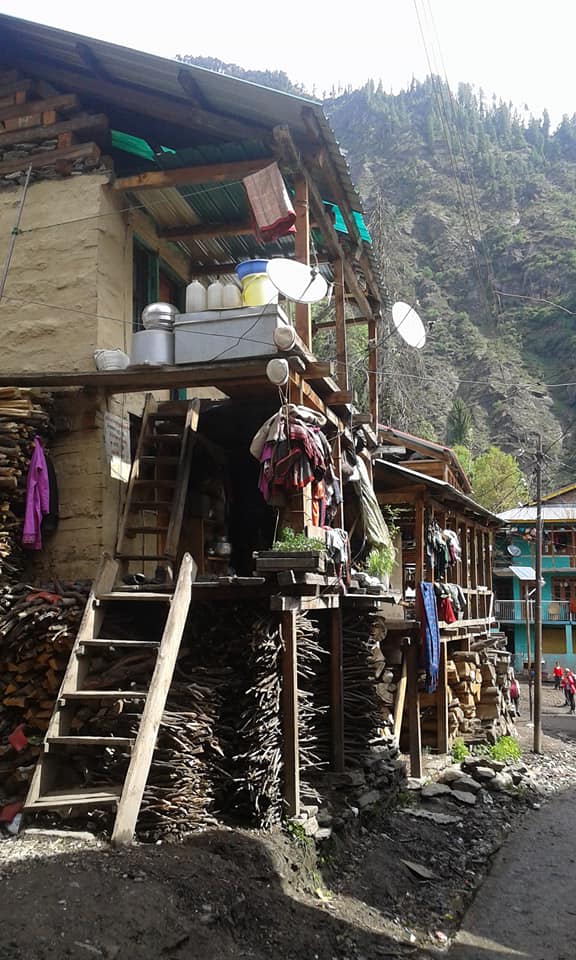
Malana 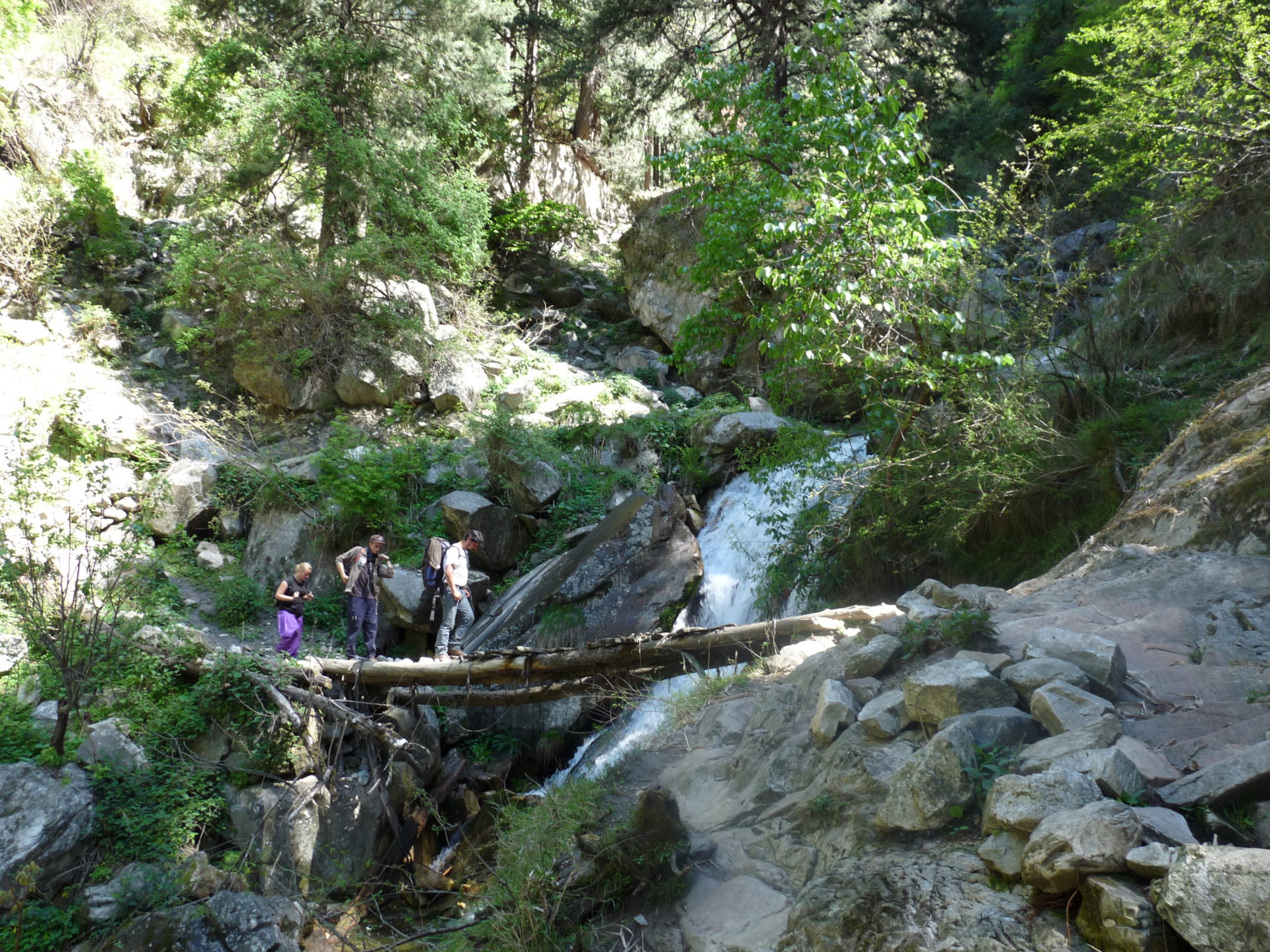
Über Brücken! 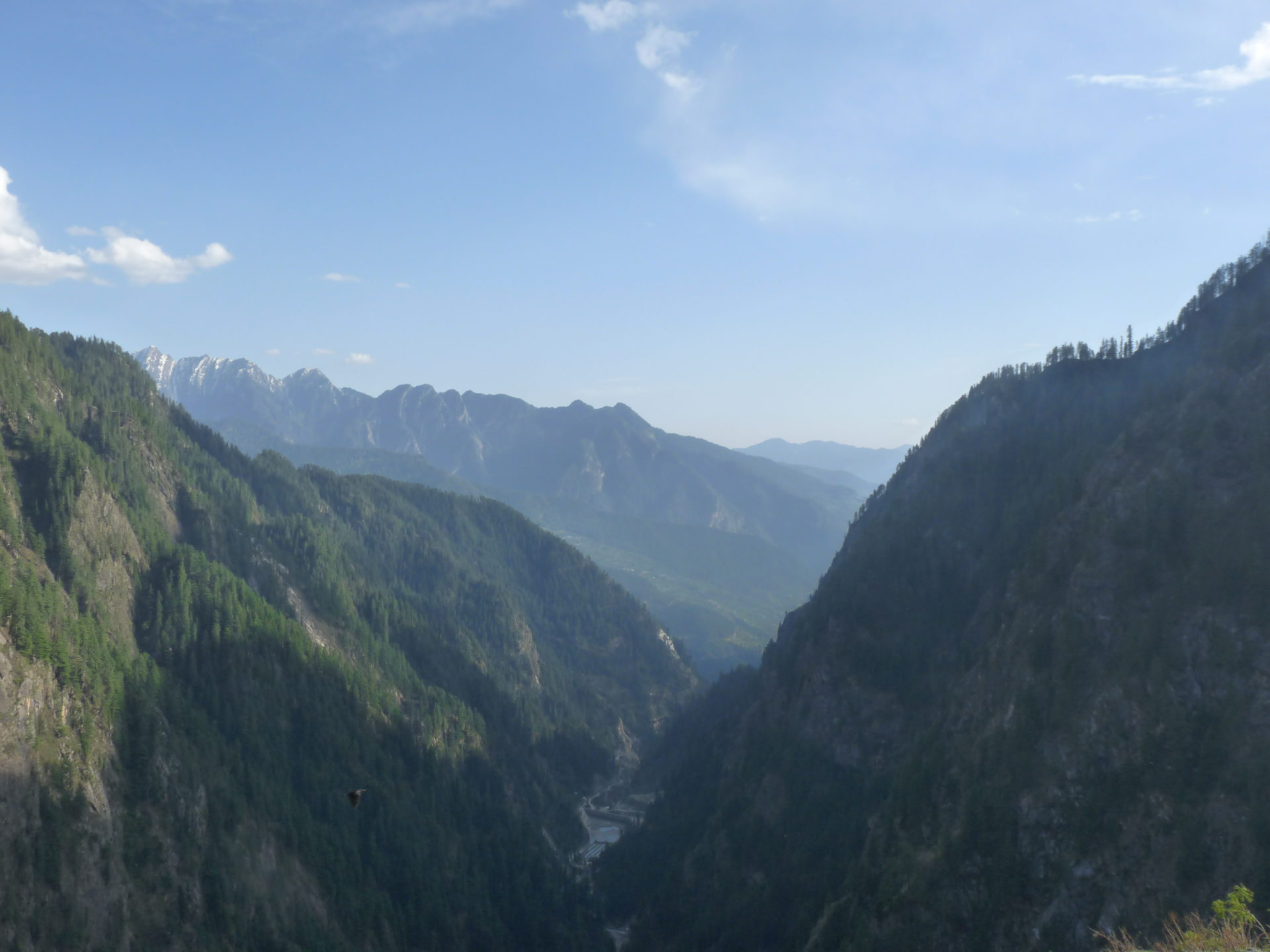
Malana Trek 
Malana Trek 
Malana 
Malana Trek
Prices and Dates
This trek is possible from May to October
From 2 Participants 350 €/Person. Price decreases with higher number of participants.
Tour Info
Requirements
A light trek with short daily stages and a maximum height of 3660 meters, so that there should be no problems of altitude sickness. Only the first day is a bit steeper in the climb, but rather short.
Information about the Trekking Tours with Chalo! Travels
Mountain guide and trekking team
On all our treks we have at least one (for larger groups of 6 participants two) trained local mountain guide. Our mountain guides have all completed at least the Indian mountaineering training, many of them have also completed the advanced courses.
They are familiar with the trekking routes and know the terrain excellently. All our mountain guides speak English.
In addition, there is a local team consisting of a cook (if the group consists of only two participants, the mountain guide also takes over the tasks of the cook), helpers, horsemen with horses or Nepalese porters, depending on the type of trek.
All our team members have been working with us for years, are very friendly and always strive to provide our guests with a great trekking experience. Their English (besides of the Guide) is rather mediocre or non-existent, but this is not necessarily a hindrance to communicating with them.
Trekking Routes
The trekking routes are designed according the skills of our guests and are all feasible for a person with a good fitness level, unless otherwise mentioned. The daily routes are between five and eight hours long (with breaks) and an average increase of around 500-800 metres of altitude is completed.
In between, rivers may have to be crossed. The paths are partly well developed, but sometimes also almost non-existent. On our trekking routes there are hardly any villages in between, so we will take enough food for the whole tour.
On our treks we cross passes, snow or glaciers. On steep slopes, we have safety equipment with us.
Daily routine (Depending on the length and intensity of the trek, the times may vary)
7: 00 am Get up with Tea
7:30-8:30 am Breakfast
7:00-9:30 am Dismantling of the camp
8:00- 9:30 am Start Trek
1:00 pm Lunch on the way
3:00-5:00 pm Arrival at the camp and camp construction
3:30-5:30 pm Snacks
7:00 pm Dinner
Altitude and altitude sickness
Altitude sickness is a very important topic that should not be underestimated, especially during our trekking tours in the Indian Himalayas. At altitudes above 3500 m, our body has to slowly get used to the low air pressure, which also causes less oxygen to enter our lungs. The first signs of altitude sickness are headaches, which are accompanied by dizziness, nausea, insomnia and loss of appetite. It becomes problematic when water accumulates in the lungs and brain and edema occurs. Then only the immediate descent to lower altitudes will help. To prepare for the heights on our treks, we will either spend a few nights at high altitudes before the trek or slowly ascend during the trek to acclimatize. If we notice that there are problems with our guests (each person is otherwise able to acclimatize, regardless of age, gender and fitness level), it may happen that either the entire group or the concerned participant descends/returns with a team. In addition, it makes sense to take an emergency drug for altitude sickness. For this, it is best to consult the pharmacy or the travel doctor. For certain treks we will also have oxygen with us.
Luggage
Each trekking participant is responsible for his own clothes and personal belongings. Depending on the trek, we are either with horses or porters. If we have load horses, one bag per participant can be loaded onto the horse. In the case of treks with porters, all personal luggage must be carried independently. Tents, sleeping bags, mattresses and food are carried by our porters.
For trekking tours with horses, a day backpack with space for the lunchbox, a water bottle and warm overcoat clothing should be taken with you. Here to the complete packing list for our trekking tours.
Packing list for trekking tours
- sleeping bag at least -10°C
- large backpack or soft carrying bag so that the load animals can carry the luggage
- Small carrying backpack for the day approx. 30-40 l with rain protection
- flashlight/headlamp
- 2 refillable water bottles
- hiking poles
- passport and passport copy
- camera with spare battery and memory card
- headgear as sun protection
- Good Sunglasses
- cap
- Scarf, Buff
- Gloves
- wind-proof trekking pants
- trekking pants
- Functional Underwear Long
- hiking boots
- socks thick and thin
- sneakers, sandals and/or slats
- windbreaker
- Warm Jacket
- fleece sweater/jacket
- Tshirts
- sunscreen, lip balm min. Protection 40
- fat cream
- water purification tablets (boiled and filtered water is provided)
- own medications for headaches, nausea, digestive problems, colds)
- bubble patches and dressing material
- own hygiene articles
- Toilets Paper
- hand disinfection
Meals
During the trek there will be a vegetarian full catering. Water is either boiled or we have a water filter with us.
Breakfast (daily selection):
- Coffee/Tea
- Oatmeal porridge/muesli/cornflakes/Indian porridge
- Indian breakfast
- Sliced fruit/vegetables
Lunch (mostly lunchbox), sometimes warm in the camp
- Sandwiches/Indian (rice, chapati, vegetables)/potatoes
- Juices
- Chocolate
- Fruit
Snacks
- Tea/coffee
- Cookies
- French fries/Indian snacks
Soup
Dinner (depending on the length of the Trek mix of Indian/Chinese/Continental)
- Vegetable dish
- Lentil dish
- Rice/noodles
- Chapati
- Salad
- Dessert
Accommodation and camp
We have very comfortable and spacious two-man tents. Our mattresses are practical but simple if there are problems with sleeping on hard surfaces, please take your own mattress with you or order from us. Our sleeping bags are freshly washed and have a very good quality with comfort zone up to -5°C/extreme zone up to -20° C. It is recommended to bring personal indoor sleeping bags.
In addition, we have a spacious dining tent with tables and chairs, a kitchen tent for the team and a toilet tent. For treks up to 4 people, the kitchen tent can also act as a dining tent at the same time.
For trekking tours with porters, we will take our smaller, lighter tents with us and do without a toilet tent.
Weather
In the Himalayas, temperatures fluctuate widely. While it can get warm up to 25°C during the day and the sun is not only warming, but also very intense (sun protection is a must), it can also cool down significantly below the minus-grade at night, especially in the months end of September and October, as well as in June. There may also be weather changes with snow on the passes.



